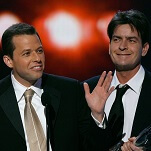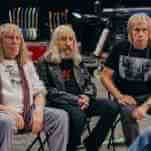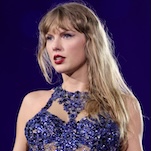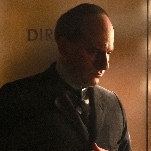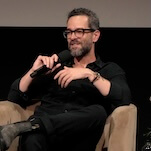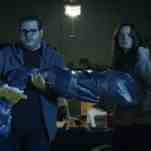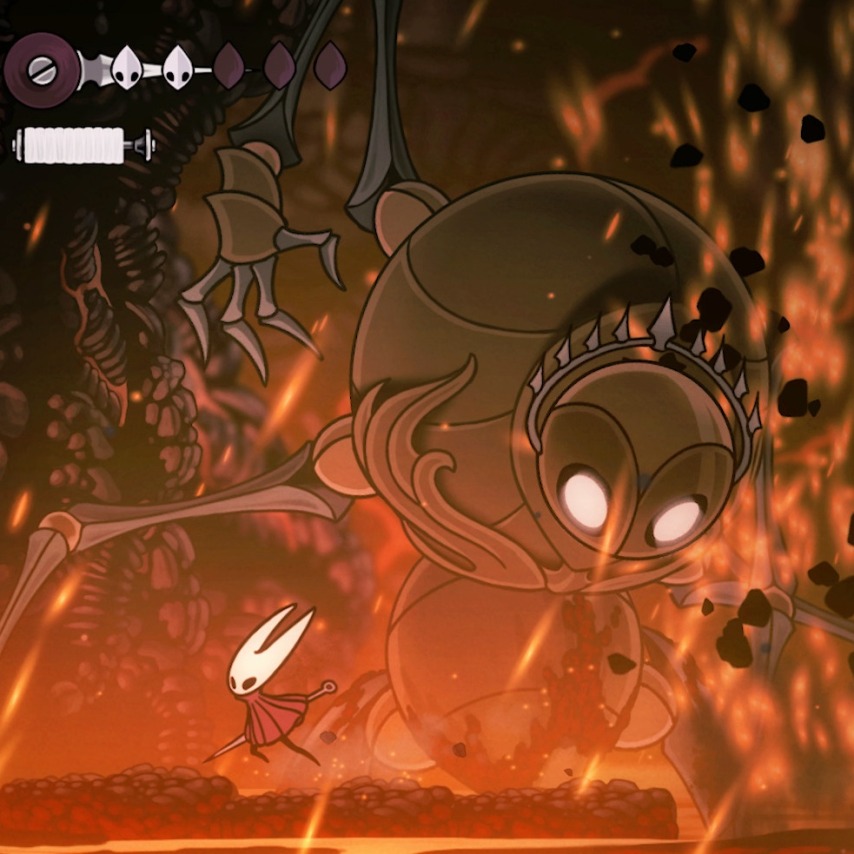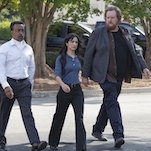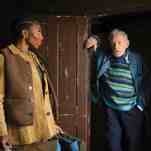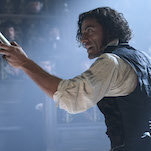WXIII: Patlabor The Movie 3

It's not immediately clear why the latest entry in an obscure, relentlessly dry animated Japanese TV-and-movie franchise is getting a theatrical release in the U.S. The series' two previous cinematic outings at least had the advantage of a high-profile tie-in: director Mamoru Oshii, who was also behind the justifiably acclaimed Ghost In The Shell. By contrast, the filmmakers behind the unappealingly titled WXIII are likely as unfamiliar to American viewers as the Patlabor series itself. Still, a close working knowledge of the series' history isn't a prerequisite for understanding and even enjoying WXIII, a fairly standard monster movie presented in a noticeably non-standard way. Rather than focusing on the story of the special-unit police force that dominates most of the Patlabor stories, WXIII follows two Tokyo detectives: an earnest younger man (voiced by Hirata Hiroaki) and his grizzled older partner (Watabiki Katsuhiko), who's getting around on a crutch and, apparently, a broken leg. The duo is investigating a series of incidents involving the destruction of industrial work vehicles called Labors (the police version of these machines, "patrol Labors," gives the series its name) and the death of their pilots. Happenstance leads Hirata to a meeting with a pretty but distant young biological researcher (Tanaka Atsuko). Solid investigative work leads both detectives to believe she may be involved in the incidents. Raw coincidence puts them face to face with a horrific man-eating monster living in Tokyo Bay. The process of putting these incidental events together into a coherent whole takes time, and WXIII approaches it all in a dreamy, portentous way. The film puts a heavy focus on small touches—the mechanics of Watabiki's limp, the design on Tanaka's lighter—and generally leaves the big picture to take care of itself, which it doesn't always do. But for a monster movie not too far removed from 1979's limp and lurid Prophecy, WXIII does pull off some remarkable artistry. Frequently devolving to leisurely montages of Hirata and Watabiki tracking down leads and living out mundane lives as ominous music sets a wistful and unsettled tone, WXIII spins a predictable mystery and an even more predictable monster-battle into something mysterious, eerie, and almost elegiac. Like its obvious stylistic predecessors, 1998's Jin-Roh: The Wolf Brigade and 1997's Perfect Blue, WXIII features simplified but realistic characters rather than the big-eyed, spike-haired kewpie dolls common to so much anime, and it sets those characters against highly detailed backgrounds that make them seem all the more iconic. Also like those predecessors, the film puts a heavy symbolic weight on a straightforward story that doesn't entirely live up to the expectations its seductive style promises. But where the too-rarefied style and the too-simple substance meet, a compromise is reached, and something uniquely haunting is formed.
